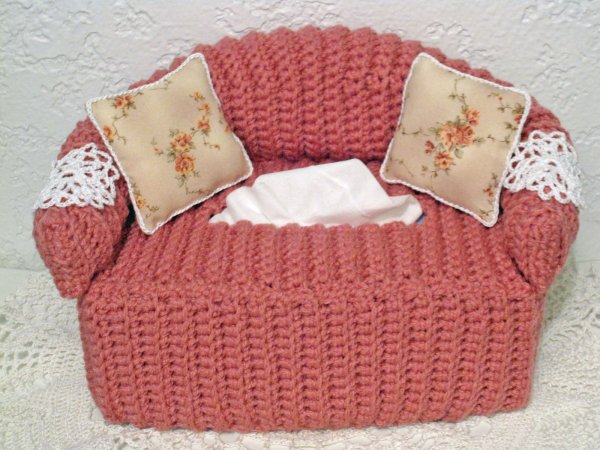How to Make the Back of Your Cross Stitch Stay Neat: A Guide to Achieving a Polished Finish
Cross stitching is a delightful and relaxing craft that allows us to create beautiful works of art. While the front side of a cross stitch project is the star of the show, paying attention to the backside is equally important. A neat and tidy back not only enhances the overall appearance of your piece but also ensures longevity and durability. In this blog post, we will explore some helpful techniques to keep the back of your cross stitch looking clean and organized, without any loose or bulky threads.
Start with Proper Preparation:
Before you begin stitching, it's crucial to prepare your fabric properly. Start by washing and ironing it to remove any creases or dirt. Next, consider using an embroidery hoop or frame to hold the fabric taut. This step helps maintain an even tension and prevents fabric distortion, resulting in a neater back.
Separate and Secure Thread Ends:
One of the primary causes of a messy back is loose thread ends. To avoid this, start each new thread on the backside of your fabric by making a small anchor stitch. This stitch should be close to the starting point of your pattern but not directly underneath it. Once you've secured the thread, take it to the front and begin stitching. When you reach the end of a thread, make another anchor stitch on the back to secure it before trimming the excess.
Use the "Railroad Technique":
The railroad technique is an excellent method to ensure that your stitches lie flat and that there are no twisted threads on the backside. To employ this technique, sandwich the completed stitch between the two strands of thread before making the next stitch. This action creates a neat "railroad track" appearance on the back, preventing thread tangling and maintaining a smooth finish.
Mindful Stitching:
When stitching, pay attention to the tension of your thread. Pull it snugly enough to keep the stitches in place but not so tight that it distorts the fabric. Consistent tension throughout the project will result in a uniform look on the front and back. Additionally, take care to keep your stitches in the same direction, as this helps prevent knots and tangles.
Manage Thread Lengths:
To minimize bulkiness on the back, avoid using excessively long thread lengths. Long threads tend to tangle more easily and can create unsightly knots or clumps of thread. Cut your thread into manageable lengths, depending on the size of your project and the number of stitches you plan to make with each length.
Stitch Over Loose Ends:
If you encounter loose thread ends while stitching, avoid the temptation to leave them as is. Instead, weave them under existing stitches on the backside of your work. By doing so, you effectively secure them, preventing any potential unraveling or tangling.
Organize with Thread Management:
Keeping your threads organized is not only beneficial for the stitching process but also for maintaining a neat back. Utilize a thread organizer or bobbins to store your different thread colors. By keeping your threads tangle-free and easily accessible, you reduce the chances of creating a jumbled mess on the back of your cross stitch.
While the front side of your cross stitch is undoubtedly the focal point, a neat and tidy back is equally important for achieving a polished finish. By implementing the techniques mentioned above and adopting good stitching practices, you can ensure that the back of your cross stitch remains free from loose threads and bulky tangles. Remember, a well-crafted cross stitch not only brings joy to the eyes but also serves as a testament to your dedication and attention to detail. So, embrace these tips, enjoy your stitching journey, and create cross stitch pieces that are beautiful from both sides.
Thanks for stopping by today!




Comments
Post a Comment